Country of origin France, Switzerland Pasteurized Traditionally, no Countries of origin France, Switzerland | Source of milk Cows Aging time 5-7 weeks | |
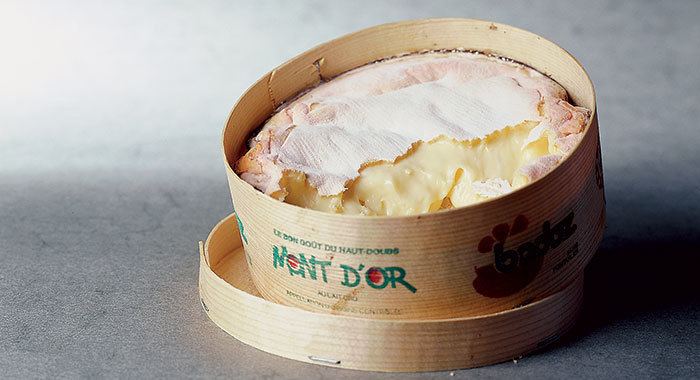 | ||
Region, town Franche-Comté, Vallée de Joux, Fribourg canton Texture washed rind soft cheese Regions Franche-Comté, France, Vallée de Joux, Le Chenit, Switzerland, Canton of Fribourg, Switzerland Similar Vacherin Mont‑d'Or, Époisses de Bourgogne, Appenzeller cheese, Tête de Moine, Reblochon | ||
Steps to bake your vacherin mont d or cheese at home
Vacherin is a cow's milk (French vache, "cow") cheese. Two main types of French or Swiss Vacherin cheeses exist.
Contents
- Steps to bake your vacherin mont d or cheese at home
- Baked vacherin mont d or cheese garlic fondue in a box or camembert
- Mont dOr
- Vacherin Fribourgeois
- Vacherin dalpage
- References
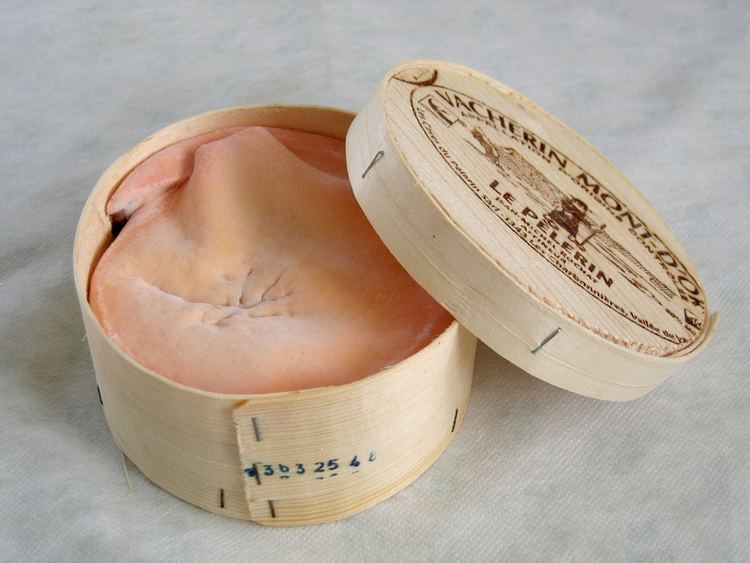
Baked vacherin mont d or cheese garlic fondue in a box or camembert
Mont d'Or
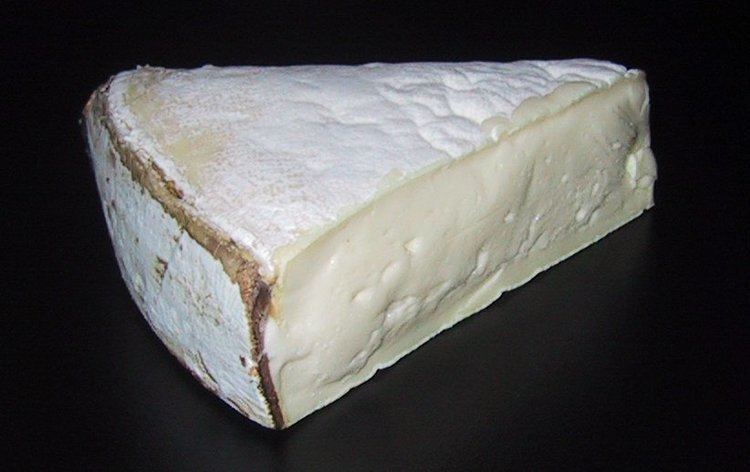
One type of Vacherin cheese is called Mont d'Or, or Vacherin du Haut-Doubs, from France, or Vacherin Mont d'Or from Switzerland (though it tends to just be called Vacherin in the local shops). It is a soft, rich, seasonal cheese made from cow's milk in Switzerland or France, usually in villages of the Jura region (an origin that has been officially controlled since 1981), and has a grayish-yellow washed rind. It typically contains 45 to 50 percent milk fat (in dry matter), and is produced between August 15 and March 15, and sold between September 10 and May 10. The Swiss Vacherin Mont d'Or is generally made with thermized milk (pasteurization is not allowed), while the French Vacherin du Haut-Doubs is unpasteurized. It is traditionally made in the winter months when the cows come down from Alpage (mountain pastures) and there is not enough milk to make Comté cheese. And when the cows are kept undercover & fed exclusively on Hay & not fresh grass. It is marketed in round boxes of various diameters made of spruce. The strips of spruce are harvested by specialists called "sanglier". It is often served warmed in its original packaging and eaten like fondue.
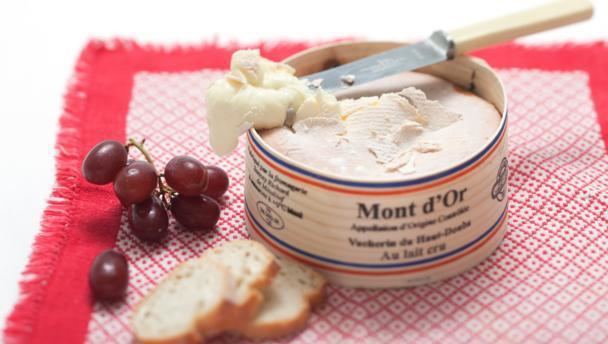
Officially, the French AOC/PDO allows Artisanal and Coopérative production of Mont d'Or. There are 11 producers of Vacherin in France (2009).
Vacherin Fribourgeois
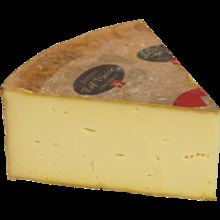
The other Vacherin, a firmer Swiss cheese, is called Vacherin Fribourgeois. It is produced under Swiss AOC in the Fribourg canton, where Gruyère also originates. It has a slightly acidic, resiny flavor, akin to Italian Fontina, with a varying strength depending on the age and type. It is also a basic component lending character to fondues (depending on the recipe). Vacherin Fribourgeois has Swiss AOC status with 6 varieties being available:
The older the vacherin gets, the stronger the smell of ammonia due to microorganism activity in the cheese.
Vacherin d'alpage
Vacherin d'alpage is made from the milk of cows pasturing in alpine meadows and hence has a much richer taste.
